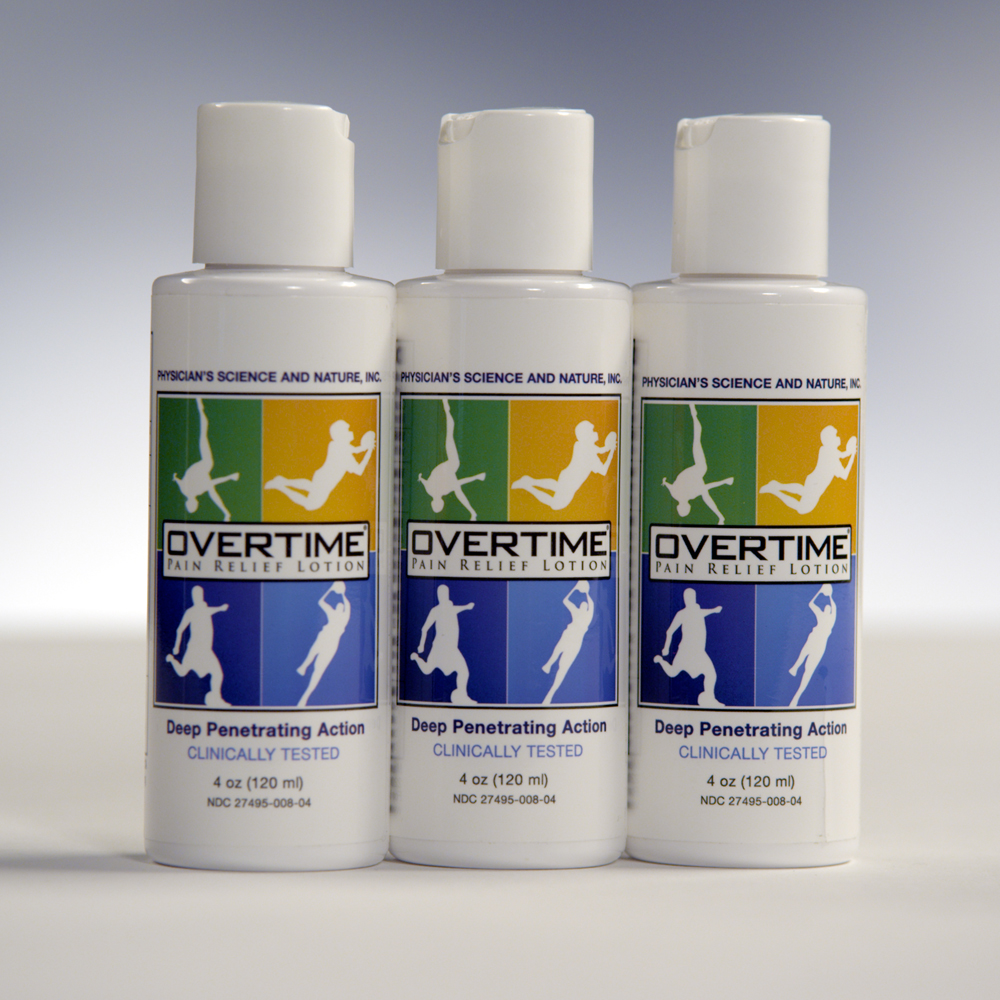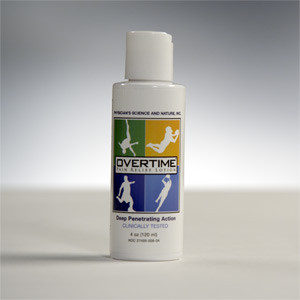What are the types of spinal degenerative disc pain?
Back pain can result from many different afflictions. Structurally, degenerative diseases and movement or wear of spinal discs can cause particularly severe disabling pain and loss of function.
The spinal column is separated into the cervical spine (or neck area), the thoracic spine (along the back of the chest), the lumbar spine (lower back), and the sacral spine (part of the pelvis). The vertebrae are the circulate bones that form the spinal column and run down the back, connecting the skull to the pelvis. Intervertebral discs are the tough ligament structures, with a soft, jelly-like center, that separate the vertebrae and provide cushioning to the spine, spinal cord, and brain.
Degenerative disc pain is known by several names including pinched nerve, herniated disc, ruptured or slipped disc, annual tears, and more. The pain location and symptoms may depend on the precise type of degenerative disc condition, but all deal with the cervical spine areas and the intervertebral discs that cushion the spine and spinal cord.
What causes degenerative disc pain?
Disease occurs as a result of damage from an acute injury or gradual deterioration of the disc by repetitive trauma or the effects of aging. The discs typically compress, become thin, and even crack. These weakened fibers may tear, resulting in a protrusion, bulge, or herniation of the disc into the spinal canal. The majority of symptoms surface in late middle age and senior years and may involve one or more discs at any location on the spinal column.
Disc injuries or deterioration can occur in males or females, at any age. The pain can be mild to several but often results in severe disabling pain. Herniated discs fall into specific categories and symptoms:
- Herniated lumbar disc symptoms include moderate to severe low back pain, constant shooting pain radiating to the lower extremities. Laughing, coughing, sneezing, or exertion aggravates the pain.
- Herniated cervical disc symptoms includes moderate to severe pain in the neck, usually in the back and sides. More severe, deep pain is experienced in the shoulder blades and upper back and upper extremities. The pain I aggravated when turning the head or being the neck forward or backward.
- Herniated thoracic disc symptoms include moderate to severe pain in the mid and lower back with pain radiating around into the front of the chest or abdominal area. Pain is increased with deep breathing or coughing.
How to treat degenerative disc pain?
Generally, standard treatments for degenerative disc pain is over-the-counter and prescription narcotic and non-narcotic pain medication, rest, physical therapy, steroid injections, and traction. Most patients soon realize, however, that these treatments in insufficient.
In all cases, these treatments are typically not sufficient for patients. Unfortunately, especially the oral medications are associated with serious side effects such as sedation, nausea, constipation, and addiction. Extended use of over-the-counter medications, such as ibuprofen, naproxen, and acetaminophen, can cause stomach ulcers and kidney, heart, or liver failure.
Sudden severe pain, especially in the chest, arms, or head, pain associated with fever, numbness or weakness, or pain in any area of the body that does not resolve after a couple of weeks, should always be evaluated by a physician to be certain that other medical conditions, including heart disease, stroke, infections, or even cancer is not the underlying cause of pain.
What are degenerative disc pain treatment alternatives?
Developed by a UCLA-trained, pain specialist medical physician, Overtime Pain Relief Lotion is clinically tested, safe, and effective to reduce inflammation and help temporarily relieve minor headaches and pains from underlying muscle, arthritis, joint, neck and back pain symptoms.
The unique formula of Overtime Pain Relief Lotion combines seven natural, scientifically proven pain relieving ingredients and anti-inflammatory agents. The lotion formula penetrates deeper and faster into aching tissue for fast, long-lasting relief. No other topical pain product has been proven to be stronger than Overtime Pain Relief Lotion.
Overtime Pain Relief Lotion is an FDA registered over-the-counter product that’s available to you direct without a prescription, manufactured in the USA in an FDA-Certified Lab, and recommended by physicians across America.
Order now at no risk
Try Overtime Pain Relief Lotion for yourself and find out why nearly 90% of pain sufferers who use our pain cream ask for more again and again. With our 30-day money-back guarantee, you’ve got little to lose, except your pain.


